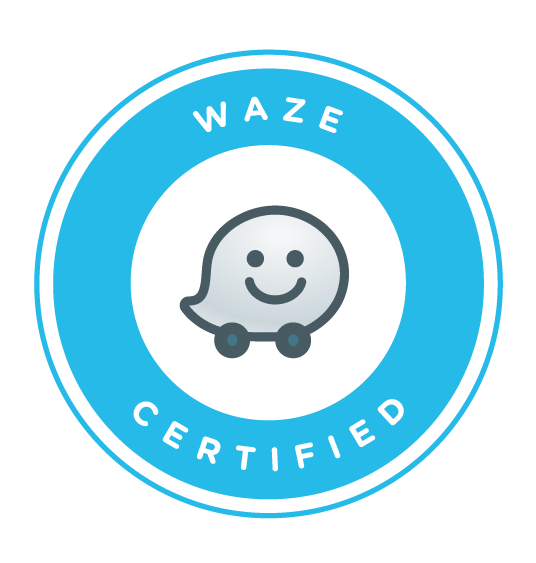This is the second in the series of “Practical Social Media”, looking in depth at how to set-up and run Social Media as part of your overall business strategy. If you have any areas you would like me to cover please let me know via the comments section below.
I was talking with fellow blogger Christian Hollingsworth of Smart Boy Designs, recently about how he manages to write so much:
“I keep dreaming” he says.
“Dreaming, what has that to do with writing?”
“I keep dreaming about things to write; I wake up and immediately write about my dream”
“How often does this happen?”
“Well, I have 170 draft posts now” he says
“Blimey, you can’t be getting much sleep!”
In my first post on Getting Started in Social Media, I talked a lot about passion, I hope you’ve had a good think about it. Christian certainly has some passion and believe me you’re going to need some too.
Social Media is not really free
Social Media may be free, but this is only in monetary terms, the real cost is in time.
You need to deal with this obstacle before moving on. Social Media needs it’s own space, sure there are “tricks of the trade” that help you deal with the load, and we will cover some of these in future posts. But there is extra work to do, in addition to your day job. You’ll be withdrawing some of that passion from the bank to get you through.
If you still feel you can dedicate what is necessary to attain the riches Social Media offers let’s move on.
Looking at your business
What are the weaknesses within your business? What has changed about your marketplace that you’re struggling to deal with?
This is how I first came across Social Media as a solution to a business problem. The issue we had at the time was that traditional advertising was ineffective. Our competitors had bigger budgets yet we had customers that loved our product. New customers would too, if only we could get them to try it.
At the time Social Media was just starting to establish itself, but I had heard great stories of businesses, like Zappos, that had taken a different approach to winning over it’s customers. We already had a “customer first” approach, but we were still trying to sell using discounts, offers and vouchers.
Twitter was growing in popularity, so I used it to reach out to potential consumers. Little did I know it, but I had just un-earthed an army of marketing talent. Bloggers who loved the product we produced and liked nothing better than to write about it.
I uncovered this by accident; it happens to be one of your key objectives when you are looking to engage in Social Media, finding key influencers in your market place.
Take time to listen
First, you need to listen to the conversation. Get online have a look at what is being said and by who. As important is where those conversations are taking place.
For me Twitter was pretty much it. Although Facebook was a well established platform, it wasn’t business friendly at the time and certainly not conducive to easy engagement. It was possible, but Twitter had less of a barrier to entry.
Now things are easier and the platforms varied. There are several places conversations could be taking place about your product, service, brand or market sector:
Forums although not strictly Social Media, still appear high in search results and they can be a valid place to engage with customers and key influencers.
Now we need to start monitoring these channels for mentions of topics based on your market sector. We can use specific tools to set up listening posts, which I will cover in the next post in this series.
I welcome your questions in the comments below.






